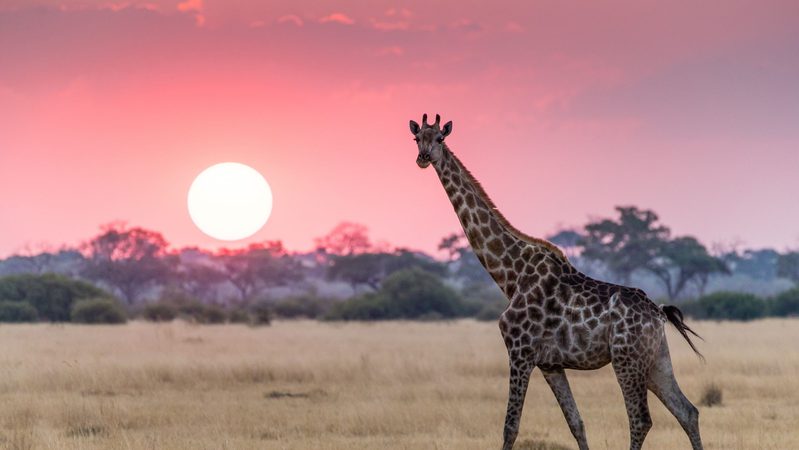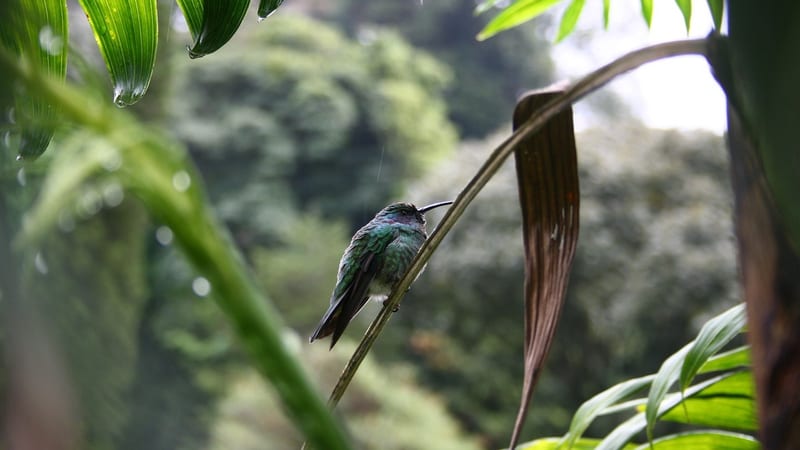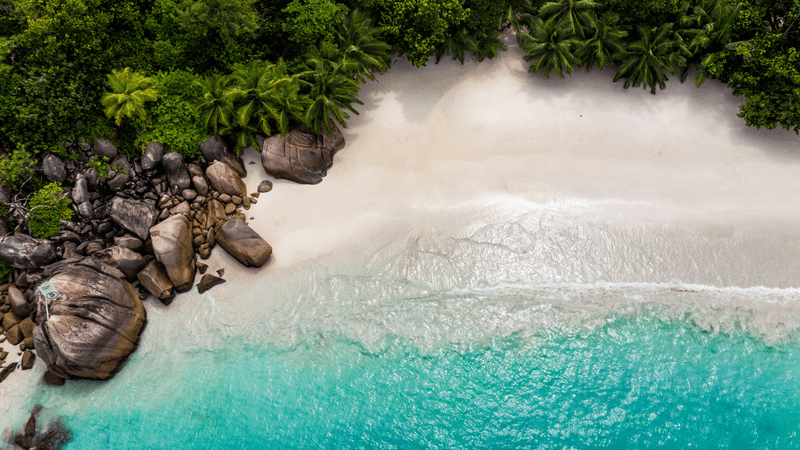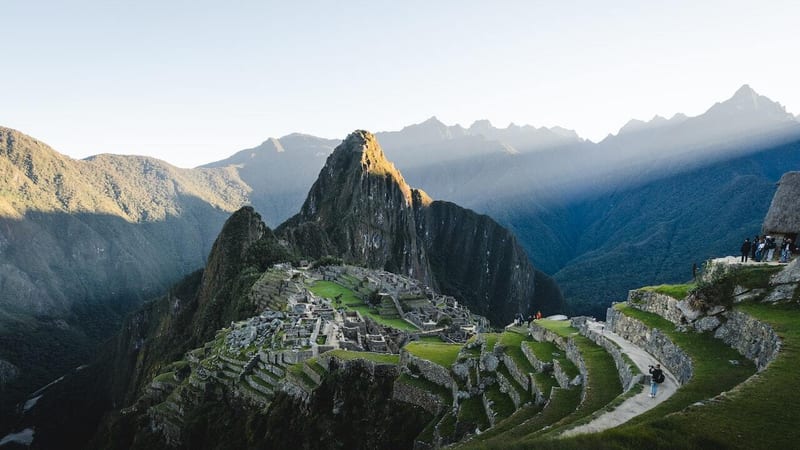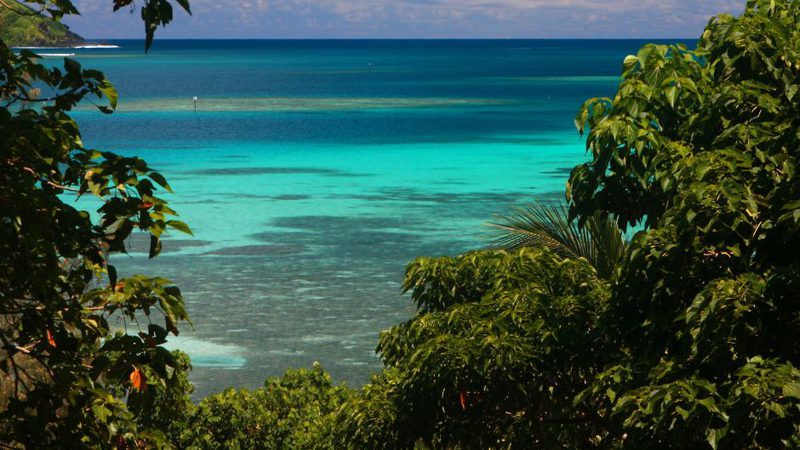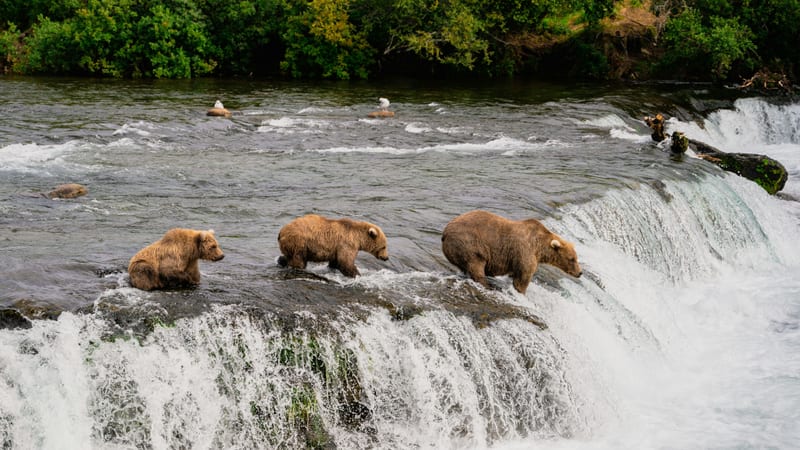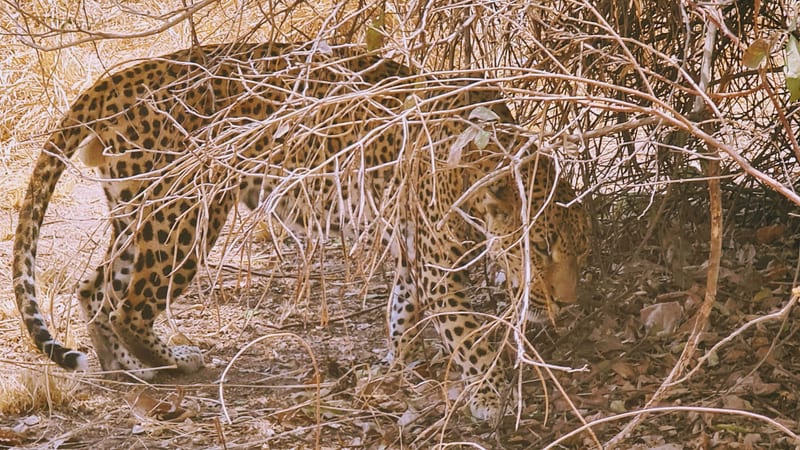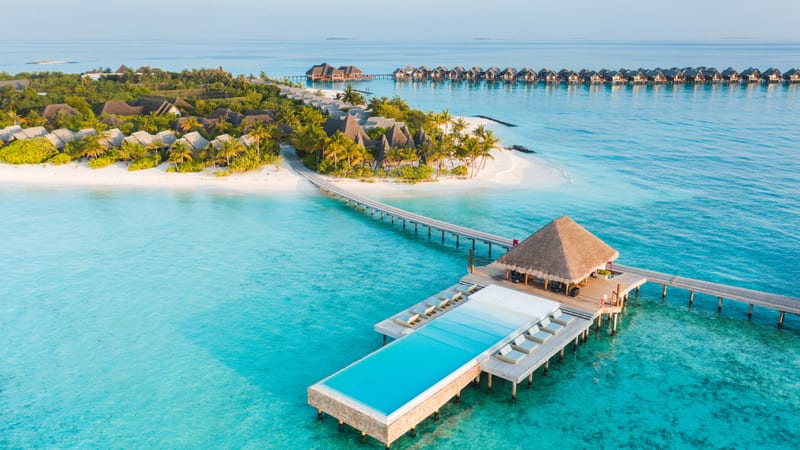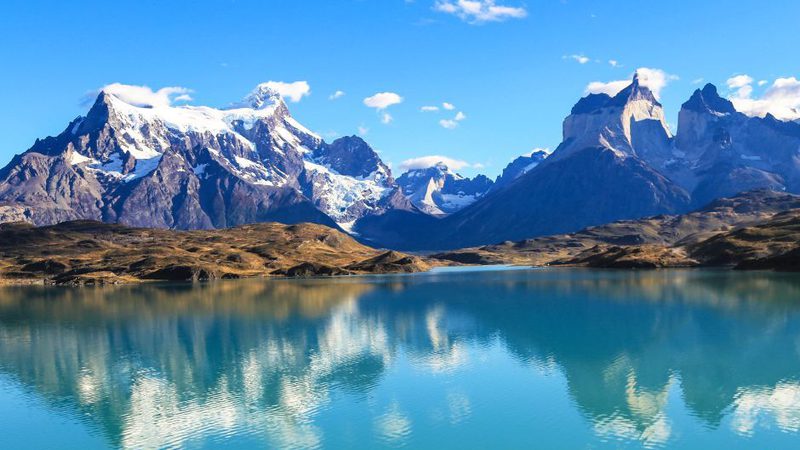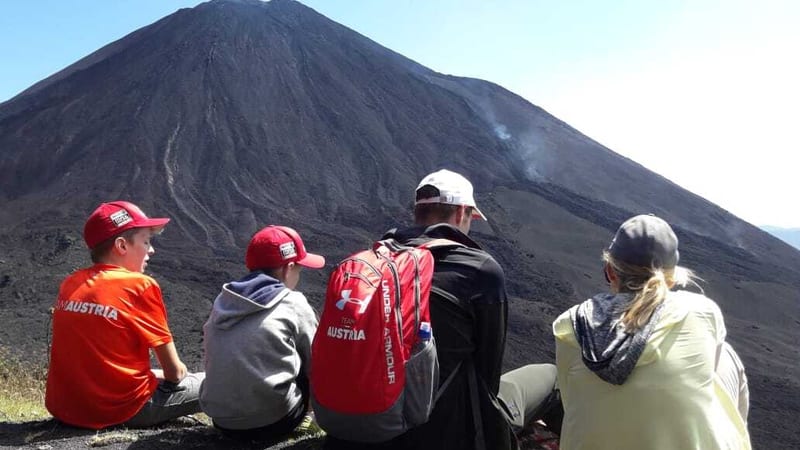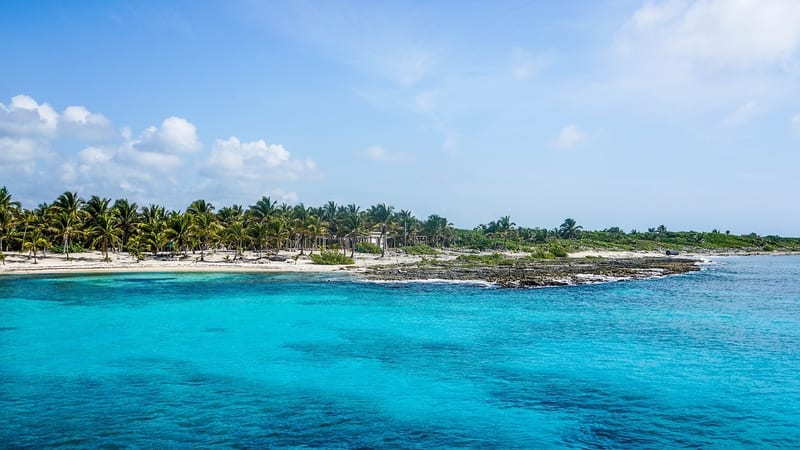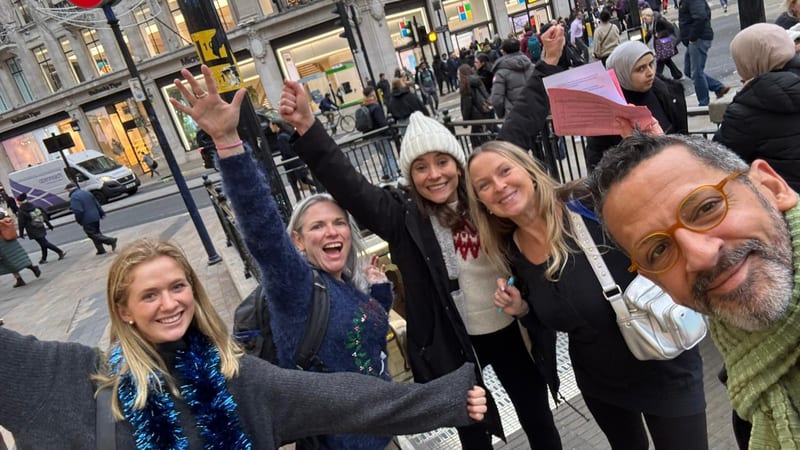An elegant yet relaxed atmosphere for experiencing the full adventure of the African bush.
Location: Tipilikwani Mara Camp sits on the banks of the Talek River, just on the eastern boundary the Masai Mara National Reserve. It’s a prime location in Kenya that gives guests easy access to the reserve’s abundant wildlife, while also offering a peaceful riverside setting away from the busier central areas. The camp is surrounded by riverine forest and open savannah, with wildlife often visible right from camp - elephants crossing the river, hippos grunting below, and birds flitting through the trees. From here, game drives can reach key wildlife areas quickly, making it an ideal base for witnessing the Great Migration or enjoying superb year-round big game sightings.
Rooms: Tipilikwani offers 20 spacious safari tents, each with a private veranda overlooking either the river or the surrounding plains. The tents are comfortable and well-furnished, with wooden floors, king or twin beds, and large en-suite bathrooms that include both a shower and a free-standing bathtub - a welcome luxury in the bush. Decor is warm and inviting, with a nod to traditional Maasai style through locally woven fabrics and handcrafted furniture. Family tents are available too, with adjoining rooms under one roof, making it a strong option for those travelling with children.
Amenities: The camp is designed to feel relaxed and welcoming, with a focus on comfort rather than extravagance. The main area includes a cosy lounge and bar, a dining area where meals are served either indoors or al fresco, and a firepit where guests gather in the evening to share stories from the day. Food is freshly prepared with a mix of international and local flavours, and the service throughout is friendly, attentive, and genuinely warm. There’s also a small curio shop and Wi-Fi in the main areas, though the camp encourages switching off and soaking up the surroundings.
Activities: Game drives are the main draw at Tipilikwani, with expert guides who know the Mara’s wildlife and terrain inside out. Drives take place in open-sided 4x4 vehicles, with the option for full-day excursions into the heart of the reserve, complete with picnic lunches in the bush. The camp’s location near the Talek Gate provides quick access to areas frequented by lions, cheetahs, elephants, and - when in season - massive herds of wildebeest and zebra. Cultural visits to nearby Maasai villages can be arranged, offering insight into local life and traditions, and for younger guests, the camp provides child-friendly activities that make the safari experience fun and engaging.
Sustainability: Tipilikwani takes a thoughtful approach to sustainability, blending responsible tourism with community support. The camp is built using natural materials to reduce its impact on the environment and uses solar power for lighting and water heating. Staff are hired locally, and the camp supports nearby schools and conservation initiatives in the wider Mara ecosystem. By staying here, guests contribute directly to preserving both the wildlife and the cultural heritage of this iconic landscape.
Best places to stay in Masai Mara
Masai Mara Trip Inspiration
When to visit Kenya
Find out the best time to visit Kenya with our month by month guide.
- Best
- Good
- Mixed
- Jan
- Feb
- Mar
- Apr
- May
- Jun
- Jul
- Aug
- Sep
- Oct
- Nov
- Dec
January
January is a great time for wildlife viewing. The landscapes are lush and green after the 'short rains' and newborn animals can been seen. It is hot, but brief afternoon or evening showers cool things down, without compromising your safari. Over on the coast the sea is clear, making it ideal for diving and snorkelling, and the days are warm and bright.
February
February is an ideal time to visit Kenya, and great for game viewing. The landscapes are green and thriving thanks to the short rains, and newborn animals will be hopping around the plains. There maybe a few afternoon showers which are welcome in the heat, and don't impact on wildlife viewing. Water clarify is excellent at the moment, which is good news for watersports enthusiasts. And if you want to spot a whale shark, now is the time to try.
March
Still a good option for wildlife viewing and diving, although with the 'long rains' just around the corner, expect wetter and hotter weather.
April
April brings the start of the 'long rains' which means game reserves and national parks become muddy and harder to drive around. Over on the coast it's hot and wet, so it isn't the best time of year to travel. Some camps and lodges close during this period.
May
The 'long rains' continue into May, making park tracks difficult to navigate in the mud, and the coast very warm and wet. There will be less accommodation choice at this time as several lodges and camps during this period.
June
June is a beautiful time of year to visit Kenya, with the rains receding to just light showers, and the long dry season not far ahead. The high grasses can sometimes make it more of a challenge to spot game, but the landscapes are lush and some animals may begin arriving early for the migration. At altitude nights can be cool, but elsewhere the temperature is pleasant.
July
July marks the beginning of the great migration into the Masai Mara, and with warm and generally dry weather, this is a great time of year to visit. Days are sunny, skies are blue and there isn't too much dust around, so it's a great time for photography.
August
The migration is now in full swing in the Masai Mara, with lots of river crossing action, so if you want to see those massive herds of wildebeest and zebra, now is the time to come. Game viewing in general is excellent and it's one of the most popular times of year to visit, so some of the main parks do become crowded. Temperatures are warm and dry.
September
Game viewing continues to be excellent, and the weather is generally dry so this is another ideal month to visit Kenya's parks. The bush is less dense and as animals gather around waterholes and rivers it makes wildlife spotting much easier.
October
October is a great time if you want to avoid the crowds and don't mind the temperature slowly starting to rise. There may be a few short showers, but game viewing remains excellent with the end of the migration, and it's a good time to holiday anywhere in Kenya.
November
November heralds the start of the 'short rains' and with hotter temperatures some camps are closed. The Mara however is still open, and despite sometimes stormy skies, game viewing is still good. Fewer crowds and lower prices make this an attractive month to visit. Over on the coast water clarify is good for snorkelling and diving.
December
The 'short rains' are bringing the landscapes back to life, and as the plains start to become green again, wildlife viewing remains good, and it's a great time for birding. Some camps are closed (mainly in the north of Kenya) but many others remain open. The showers tend to fall in the afternoons and don't impact greatly on a safari. Take advantage of reduced visitor numbers and lower prices.
Speak to a Kenya expert today
and start planning your tailor-made holiday

Alistair

Ottilie


